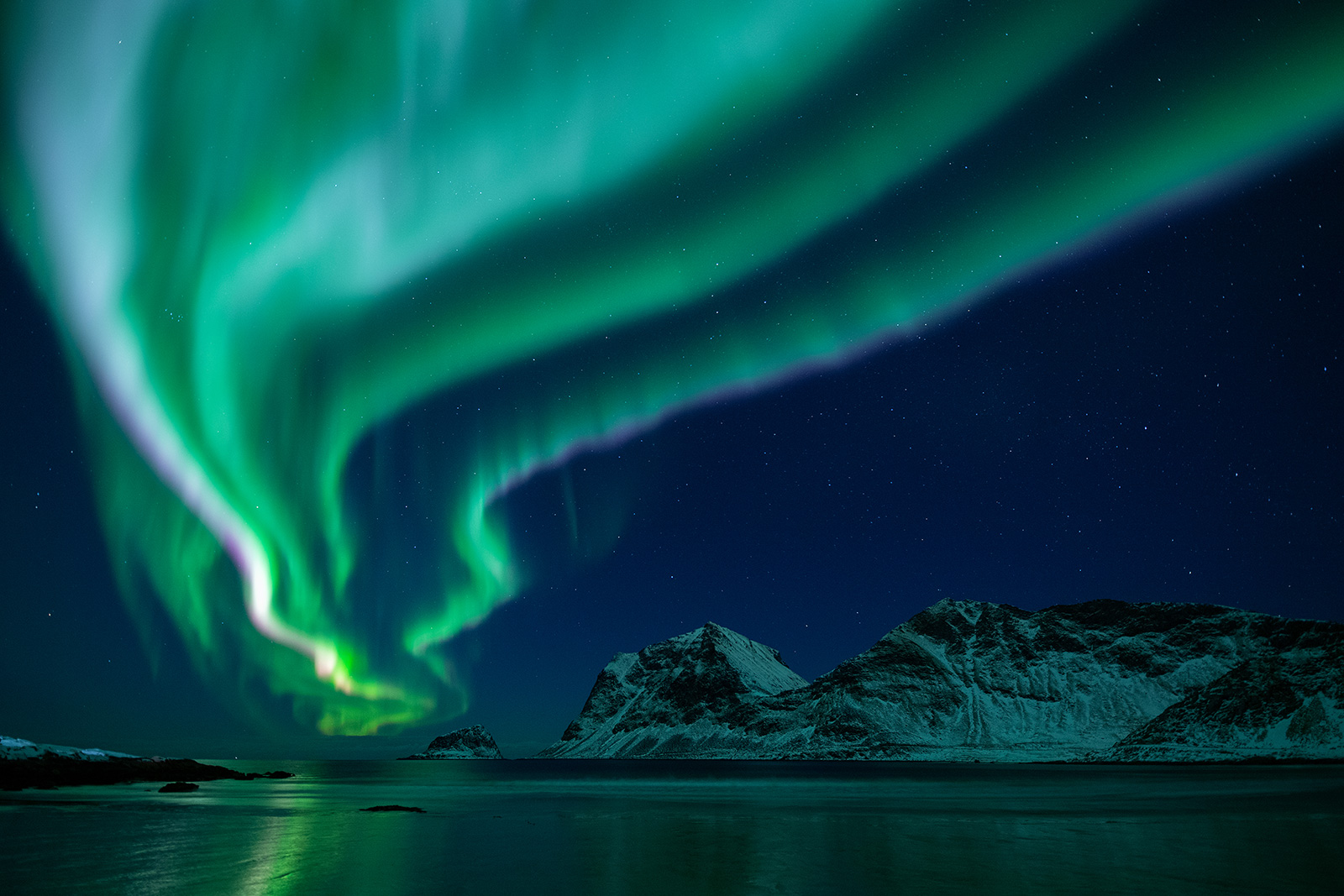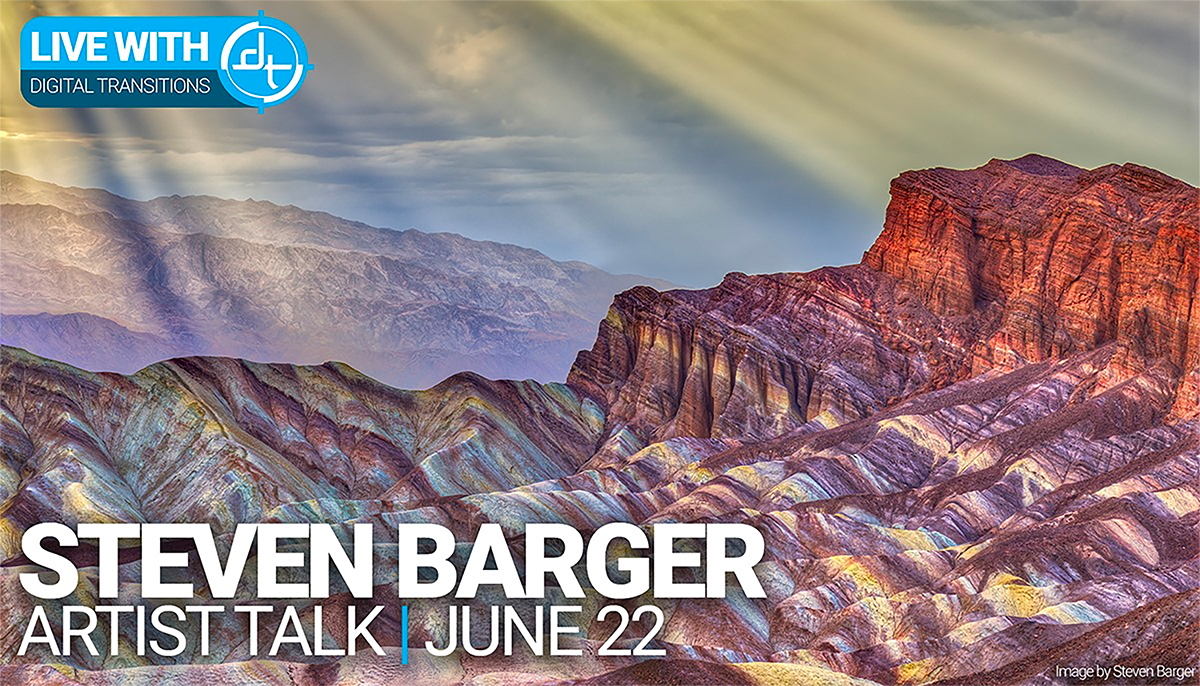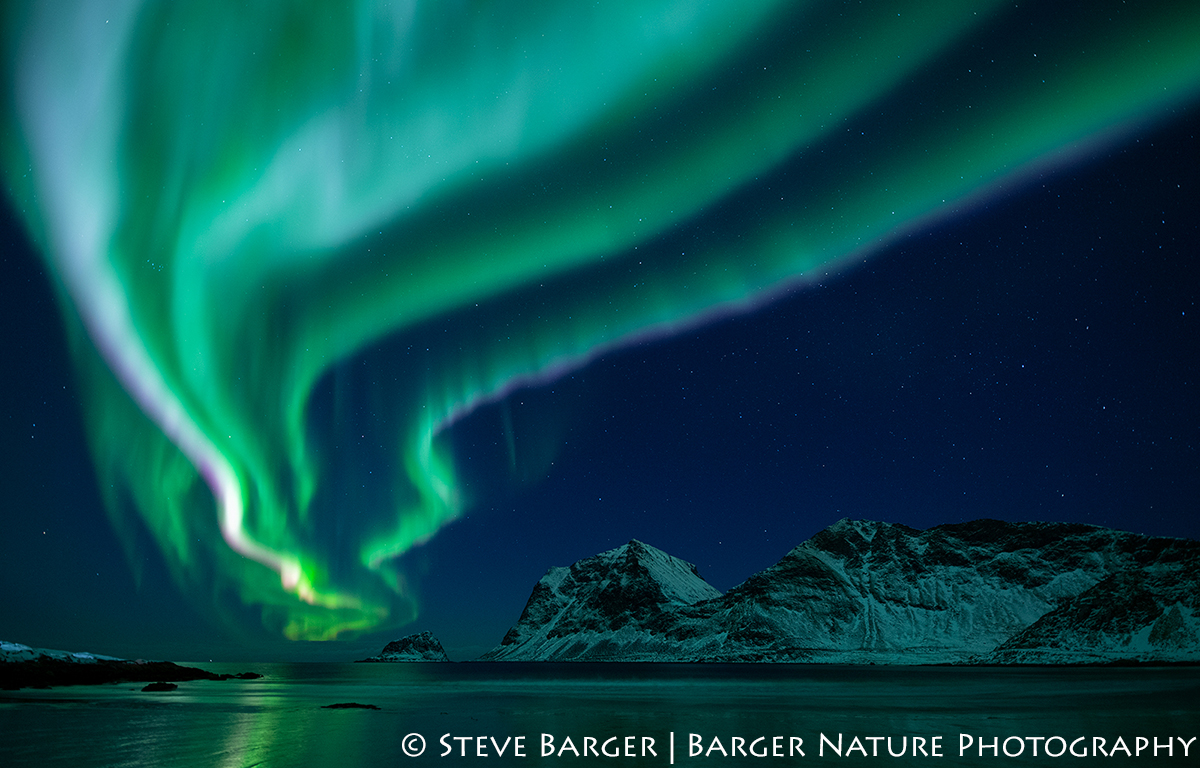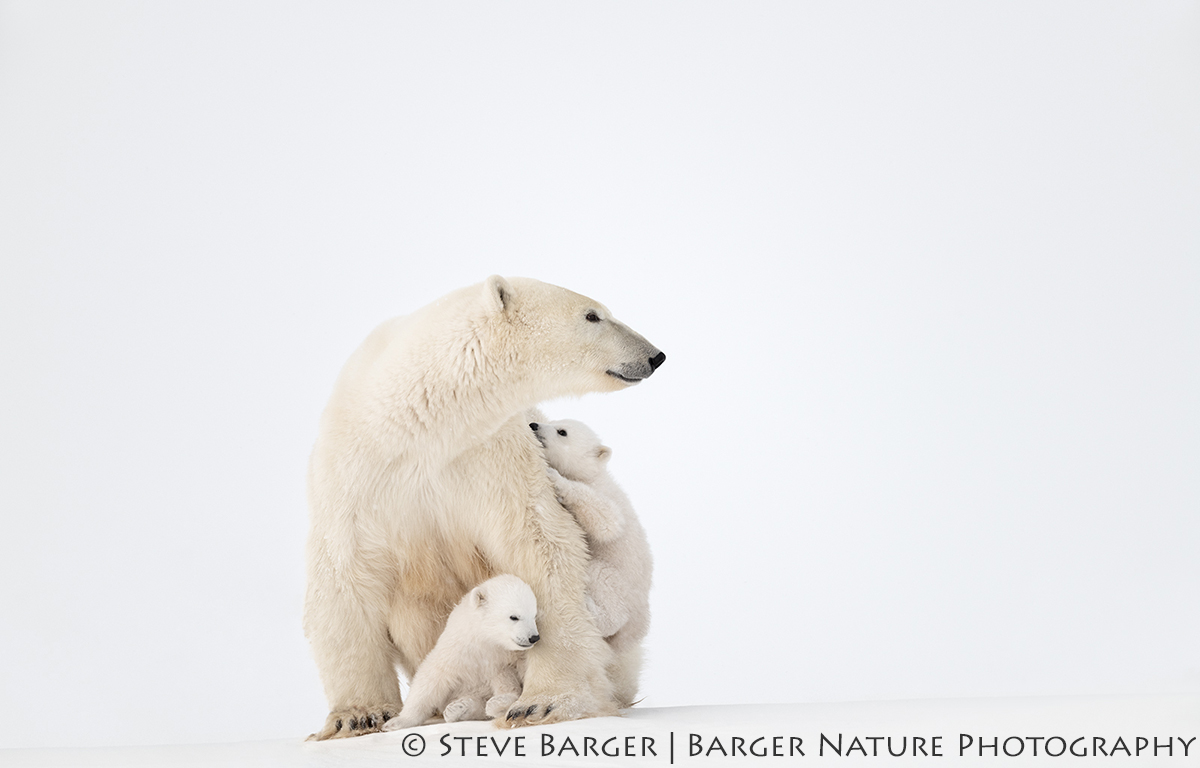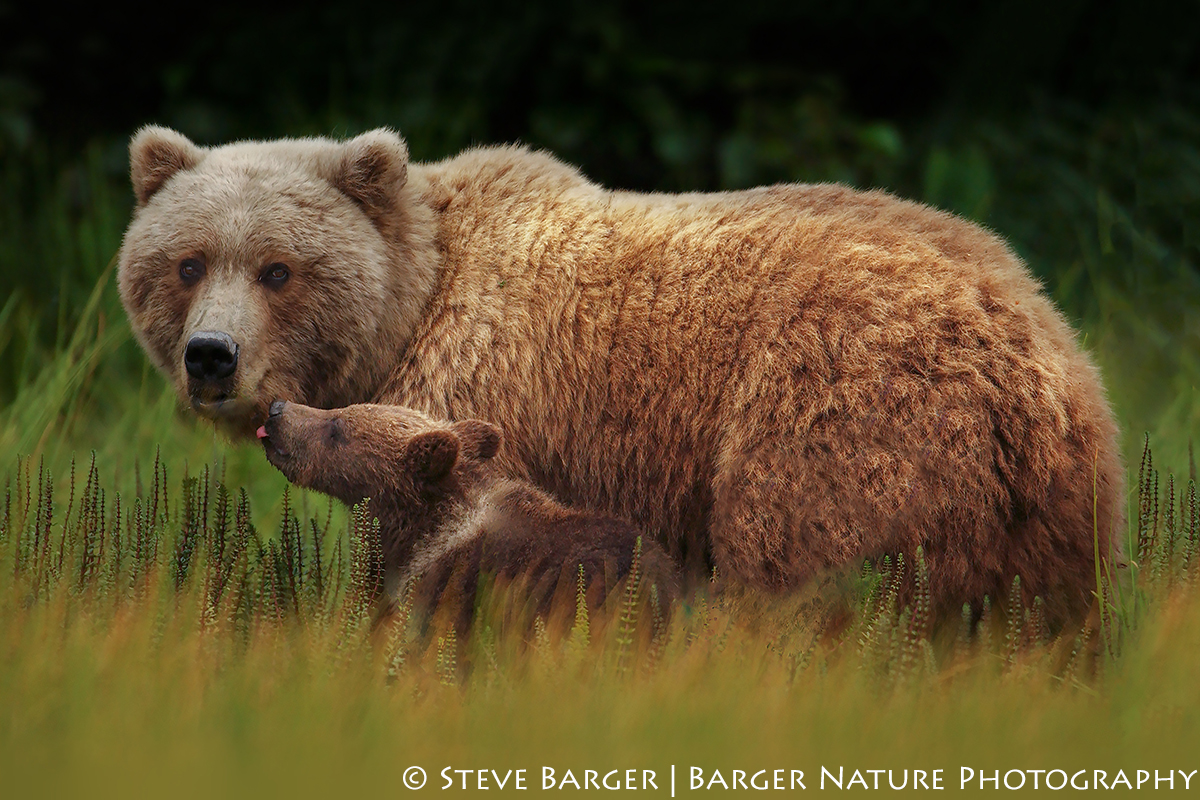For a number of years, a visit to the Lofoten Islands has been high on my bucket list of places to photograph. In March, I finally had the opportunity to photograph the area.
The Lofoten Islands are located in Northern Norway in the county of Nordland, above the Arctic Circle at a latitude between 68 and 69 degrees. The islands are known for their cod fisheries. In the winter, cod migrate south from the Barents Sea to span in the waters of Lofoten to spawn.
I was attracted to the area by the quaint fishing villages, rugged mountain peaks, and beautiful seascapes. The climate is sub polar oceanic with temperatures remaining below freezing. The weather is very unpredictable quickly changing from sunny and clear to blowing snow and minimum visibility. Very strong winds occur during the winter.
Due to the location, Aurora can be see if the weather is cooperative. The snow-covered mountains positioned along the coastline make for stunning scenes to photograph the Aurora. During our 10 day visit to the area, we had two clear nights with Aurora in the sky. One night the display was nothing short of spectacular display, the other night the display was short and the lights in the sky were not very intense.
The image posted here was taken near the hamlet of Reine. The location provided not only mountains in the background but also ocean water to reflect the intense light produced by the Aurora. To capture these reflections, I set my tripod close to the water. Due to the rising tide, I needed to move my position several times to avoid the frigid water.
Since the Aurora is constantly moving, using a lens with a wide angle of view is preferred. To capture the banding and unique shapes the Aurora was forming in the sky, I used a lens with a wide aperture, f/1.8, and a camera body with excellent signal-to-noise ratio, allowing for proper exposures in the 4 to 8 seconds range. Focusing is a challenge. Ideally, accurate focus renders the stars in the sky as pinpoint objects. You cannot rely on setting the lens focus mark at infinity and expect the stars to be sharp. Using autofocus is not an option since the stars are too small in the sky. The best way to achieve accurate focus is to use live view on the camera. Set the camera’s focus mode to manual and zoom to 100% on the live view screen. Select a bright star in the sky, and view this star through a loupe, while rotating the lens focus ring. With this level of magnification, it is easy to determine when accurate focus has been achieved. With the stars now in focus, use a small piece of gaffers tape the lock focus on the lens. This keeps the focus from changing if the lens is inadvertently bumped or you change composition.
I have three images from the nights shoot that I like. This image is my favorite with the Aurora nicely framing the mountains as it radiates across the sky overhead. The green reflections add another dimension to the image leading the viewer into the scene. All thanks to the intense light of the Aurora.

